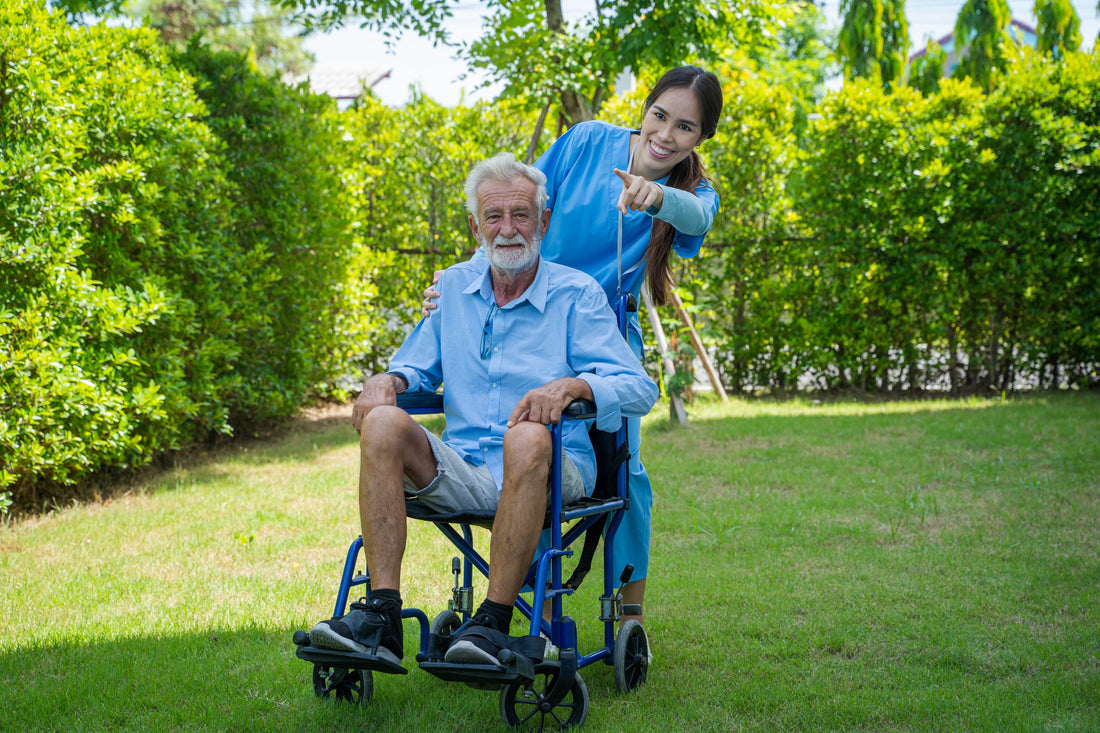When choosing a mobility scooter, one of the most critical—yet frequently overlooked—factors is weight capacity. While most people focus on speed, portability, or battery life, overloading a scooter beyond its rated capacity can cause serious issues, including mechanical failure, reduced performance, and safety hazards.
Whether you're shopping for yourself or a loved one, understanding the importance of scooter weight capacity—and how to choose the right range—is essential for long-term satisfaction, safety, and comfort.
🚨 Why Weight Capacity Matters
The weight capacity of a scooter refers to the maximum load (in pounds or kilograms) that the scooter is designed to support. This includes:
-
The rider's body weight
-
Any additional items (bags, backpacks, medical equipment)
-
Accessories (seat upgrades, baskets, etc.)
Exceeding this limit can cause:
-
Frame bending or cracking
-
Motor strain and overheating
-
Shorter battery life
-
Reduced stability and traction
-
Voided warranty in many cases
Important: Always choose a scooter with a weight capacity at least 10–20% higher than your current body weight to allow for extra load and long-term use.
⚖️ Standard Weight Capacity Ranges
Let’s look at common scooter types and their average supported weight ranges:
|
Scooter Type |
Typical Weight Capacity |
Best For |
|
Lightweight Travel Scooters |
220–275 lbs (100–125 kg) |
Indoor use, short errands, light users |
|
Mid-Size Scooters |
300–350 lbs (135–160 kg) |
Daily use, both indoor and outdoor environments |
|
Heavy-Duty Scooters |
400–500 lbs (180–225 kg) |
Larger users, longer use times, uneven terrain |
|
Bariatric/Extra Heavy-Duty Scooters |
500–600+ lbs (225–270+ kg) |
Obese users, special needs, maximum durability |
🧠 How to Calculate the Right Capacity for You
Use this simple formula to estimate the minimum weight capacity you should look for:
plaintext
KopyalaDüzenle
Your body weight + average accessories/items + 15–20% safety buffer = Minimum capacity
Example:
-
Body weight: 250 lbs
-
Backpack/laptop: 15 lbs
-
Safety margin: 50 lbs (20%)
Minimum capacity needed: 315 lbs
You should look for a scooter that supports at least 325–350 lbs.
🪑 Don’t Forget About the Seat and Comfort
Higher-capacity scooters not only support more weight—they’re also designed to be more comfortable for larger users. These often include:
-
Wider, padded seats (18"–24")
-
Reinforced seat posts
-
Adjustable armrests
-
Better suspension systems
Choosing the proper capacity ensures the seat remains stable, doesn’t wobble or tilt, and provides the comfort you need for extended use.
🛠 What Happens If You Overload a Scooter?
Many users mistakenly believe that “just a few pounds over” the listed capacity won’t matter. However, manufacturers design scooters with strict engineering tolerances, and overloading can have several consequences:
-
Permanent structural damage to the frame or seat post.
-
Battery drains faster, reducing travel range.
-
Braking distances increase, creating safety risks.
-
Motor overheats, especially on inclines or rough terrain.
-
Loss of balance or tipping, particularly with 3-wheel models.
In short: a few extra pounds could cost you safety, money, and peace of mind.
✅ Signs You Might Need a Higher Capacity Scooter
-
You feel unstable when seated or while turning.
-
Your seat creaks or compresses uncomfortably.
-
The scooter slows down or drains quickly on basic trips.
-
You regularly carry bags or items (groceries, oxygen tanks, etc.).
-
You plan to use the scooter for hours at a time, daily.
If any of the above apply, upgrading to a scooter with a higher weight limit is not a luxury—it’s a necessity.
🔍 Comparing 3-Wheel vs. 4-Wheel Scooters for Heavier Loads
|
Feature |
3-Wheel Scooter |
4-Wheel Scooter |
|
Turning radius |
Tighter (better indoors) |
Wider (less agile indoors) |
|
Stability for heavy users |
Less stable at high weight |
More stable and grounded |
|
Comfort on rough terrain |
Moderate |
Better (especially with suspension) |
Tip: Heavier users are generally better off with 4-wheel scooters for added stability and weight distribution.

